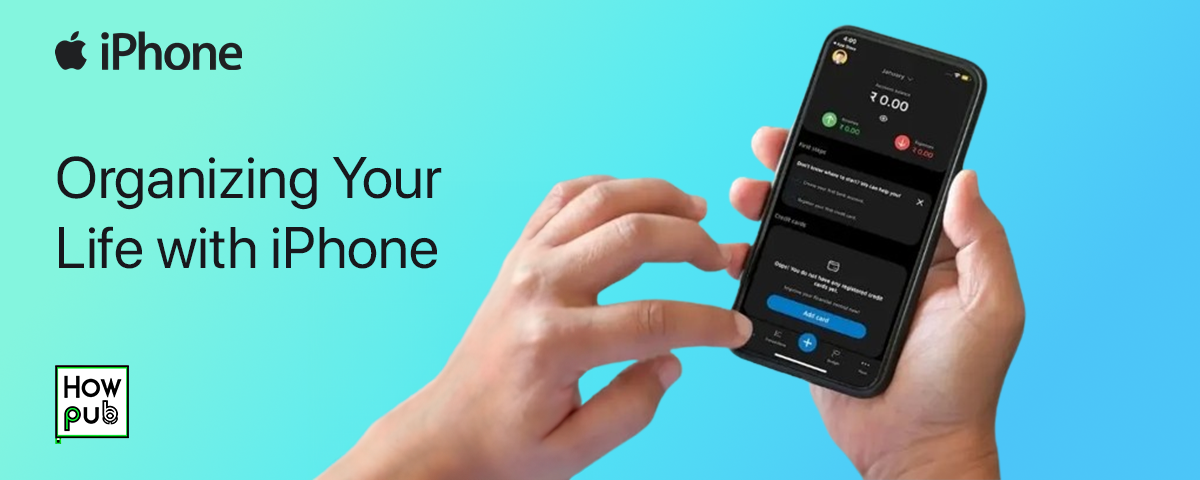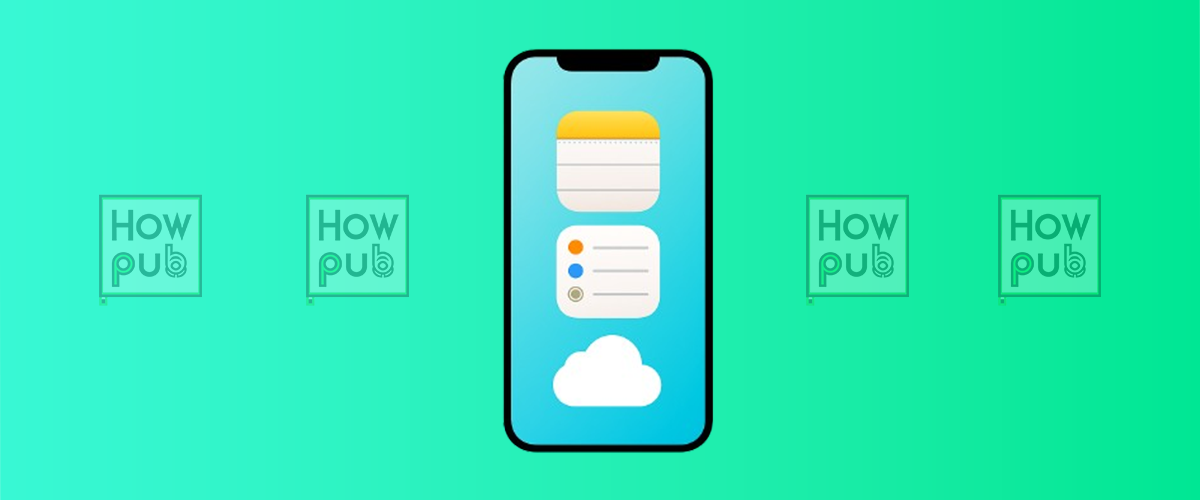Introduction
In today’s fast-paced world, managing your finances can be challenging. Fortunately, your iPhone offers a variety of apps that make budgeting and personal finance easier than ever. Whether you're looking to track expenses, save for a big purchase, or pay off debt, the right app can help you take control of your financial life. This guide will walk you through the best budgeting apps available on iPhone and provide tips on how to maximize their use.
Best iPhone Apps for Budgeting and Personal Finance
Your iPhone can be a powerful tool for managing money, and the App Store is filled with apps that cater to every financial need. Below, we’ll explore some of the top budgeting and personal finance apps and how they can help you achieve your financial goals.
1. Mint: Your All-In-One Financial Hub
Mint is one of the most comprehensive personal finance apps available, offering a holistic view of your finances by linking all your accounts in one place. It’s perfect for anyone looking to track their spending, set budgets, and monitor their credit score.
How to Get Started:
- Download and Install: Find Mint in the App Store, download, and open the app.
- Sign Up: Create an account using your email or continue with your Google credentials.
- Connect Your Accounts: Link your bank accounts, credit cards, loans, and investments to get a full financial overview.
- Set Up Your Budget: Use Mint’s tools to create budgets tailored to your needs. The app will automatically categorize transactions to help you track where your money goes.
2. YNAB (You Need A Budget): Master Your Money with Proactive Budgeting
YNAB is designed for those who want a more hands-on approach to budgeting. It’s based on four simple rules that help you give every dollar a job, ensuring you’re spending purposefully and saving where it counts.
How to Get Started:
- Download YNAB: Search for YNAB in the App Store, download, and install the app.
- Create an Account: Open the app and sign up with your email.
- Link Your Financial Accounts: Sync your bank accounts to track your income and expenses.
- Create Your Budget: Allocate your income to different categories, such as rent, groceries, and savings.
- Track Progress: Regularly update your budget and monitor your financial goals through YNAB’s detailed reports.
3. PocketGuard: Keep Your Spending in Check
PocketGuard is a straightforward budgeting app that helps you keep track of how much money you have left to spend after accounting for bills, goals, and necessities. It’s ideal for users who want a quick and simple overview of their financial situation.
How to Get Started:
- Download PocketGuard: Locate PocketGuard in the App Store, download, and open the app.
- Sign Up: Create an account with your email.
- Connect Your Bank Accounts: Sync your accounts to automatically track your spending.
- Set Up Your Budget: PocketGuard will calculate how much money you have left to spend each day after bills and savings.
- Monitor Your Spending: Use the app to keep an eye on your daily spending and make adjustments as needed.
4. Personal Capital: Integrate Wealth Management and Budgeting
Personal Capital is more than just a budgeting app; it’s a comprehensive financial management tool that integrates budgeting with investment tracking. Ideal for users who want to manage their wealth alongside their everyday finances.
How to Get Started:
- Download Personal Capital: Find Personal Capital in the App Store, download, and open the app.
- Sign Up: Create an account using your email.
- Link Financial and Investment Accounts: Connect your bank accounts, credit cards, retirement funds, and investments.
- Track Your Net Worth: Use Personal Capital to monitor your net worth, investment performance, and expenses.
- Plan for Retirement: Leverage the retirement planning tools to set and track long-term financial goals.
5. Goodbudget: Envelope Budgeting Made Digital
Goodbudget is a digital version of the envelope budgeting system, where you allocate money to different spending categories and track your progress. It’s great for users who prefer a visual and manual approach to budgeting.
How to Get Started:
- Download Goodbudget: Search for Goodbudget in the App Store, download, and install the app.
- Create an Account: Open the app and sign up with your email.
- Set Up Your Envelopes: Create envelopes for various spending categories like rent, groceries, and savings.
- Allocate Your Income: Distribute your income across the envelopes based on your spending plan.
- Track Spending: Record your expenses in each envelope to ensure you’re staying within your budget.
Tips for Maximizing Your Budgeting Apps
Setting up the right apps is only the first step. To get the most out of your budgeting and personal finance tools, follow these best practices:
1. Set Clear Financial Goals
- Establish specific goals for saving, debt repayment, or investment. Having clear objectives will help keep you motivated and focused.
2. Regularly Update Your Budget
- Make it a habit to review and update your budget at least once a week. This will help you stay on track and make any necessary adjustments in real-time.
3. Automate Savings and Payments
- Take advantage of automation features in your apps to schedule savings transfers and bill payments. This ensures consistency and helps you avoid late fees.
4. Monitor Spending and Adjust as Needed
- Use the expense tracking features to keep an eye on your daily spending. If you notice overspending in one category, adjust your budget to accommodate changes.
5. Leverage Insights and Reports
- Most budgeting apps provide detailed reports and insights. Use these to analyze your spending habits, identify areas for improvement, and optimize your financial plan.
Conclusion
With the right apps and strategies, managing your finances on your iPhone can be both easy and effective. By using tools like Mint, YNAB, PocketGuard, Personal Capital, and Goodbudget, you can take control of your budget, save more, and achieve your financial goals. Remember to set clear goals, automate where possible, and regularly monitor your progress to make the most of these powerful tools.



